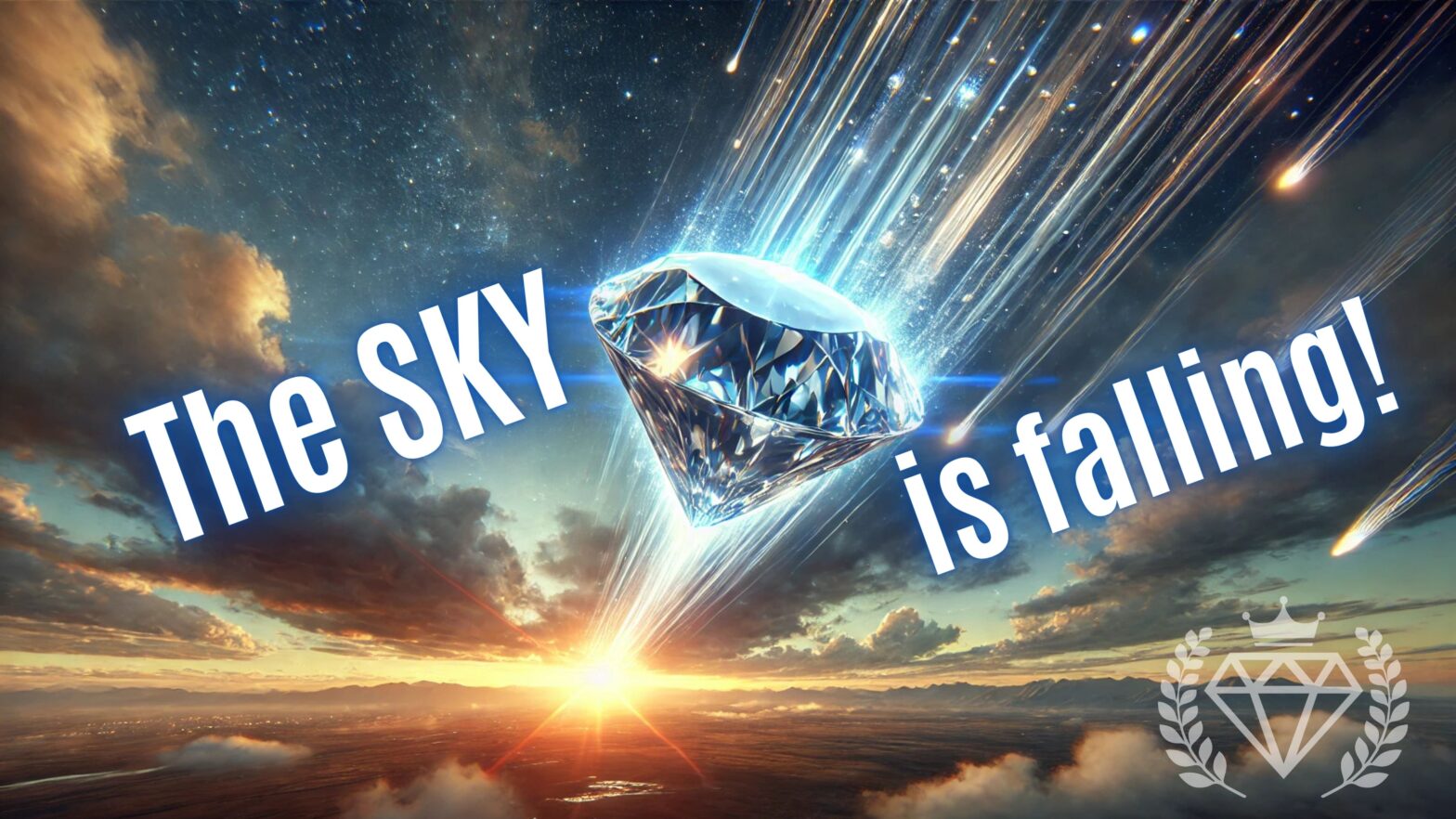The phrase “A Diamond is Forever” is more than a tagline—it’s a cultural legacy. Introduced by De Beers in 1947, this iconic campaign didn’t just sell diamonds—it defined the modern fine jewelry industry. It convinced generations that a diamond engagement ring was the ultimate symbol of love and commitment.
But even the most powerful marketing campaigns have a shelf life. The jewelry market is shifting, and the way consumers perceive diamonds is evolving.
Let’s take a closer look at the forces reshaping the diamond market today—and the opportunities they present.
The Lab-Grown Diamond Disruption
Lab-grown diamonds have gone from niche to mainstream, offering consumers an ethical and budget-friendly alternative to natural stones. Here’s what the numbers show:
U.S. Sales Trends:
U.S. sales of lab-grown diamond jewelry rose by 12.5% over the last year, while natural diamond jewelry sales declined by 0.7% during the same period.
Consumer Preferences:
Consumers, particularly in the U.S. and China, are gravitating toward larger and more affordable lab-grown diamonds. The value proposition of getting a bigger stone for less money has been too enticing to ignore.
Pricing Dynamics:
Lab-grown diamond prices have dropped by 75% since 2020 due to advances in production efficiencies.
Natural diamond prices have fallen by 8% in the same timeframe.
In response, major mining companies like De Beers have had to adjust. In a bid to stay competitive, they’ve cut rough diamond prices by 15% to stimulate demand.
The Future of Diamonds: Distinct Products or Substitutes?
As lab-grown diamonds become cheaper and more readily available, they are no longer seen as direct substitutes for natural diamonds. Instead, we may be headed toward a future where:
Natural diamonds are positioned as rare, timeless heirlooms—an investment in legacy and tradition.
Lab-grown diamonds are positioned as a sustainable, fashion-forward choice—perfect for the eco-conscious and budget-savvy consumer who wants to make a statement.
The challenge for natural diamond retailers is to reignite desire. Marketing and retailer incentives will play a pivotal role in shaping how both types of diamonds are perceived.
(Source: Wall Street Journal, Jinjoo Lee—“Natural Diamonds Had a Rough Year—Some Hope to Restore Their Shine”)
How Jewelry Brands Can Succeed in a Changing Market
To thrive in this dynamic market, you need to create your own demand with a powerful, emotional marketing message—just like De Beers did decades ago.
And that starts with building a Brand Prism that helps you define your brand identity, values, and messaging strategy at a deep level.
Your Path to Success Starts Here
We understand that building a strategic brand foundation can feel overwhelming, which is why we created our Free AI CoPilot Bundle—to give you a fair shot at success in this exciting, evolving industry.
Here’s what’s included:
Jeweler’s Advantage: Your guide to building an AI-powered brand and eCommerce strategy.
Bench Jeweler Pro: Optimize your in-house production processes.
Luxury Maestro: Executive-level guidance to make smarter decisions in the luxury market.
The Alchemist: Transform your mindset to align with your goals and unlock your full potential.
The diamond market is changing rapidly. Will you rise to the opportunity? The future belongs to brands that lead, not follow. Your legacy starts now.
Download the Free AI Bundle Today!
